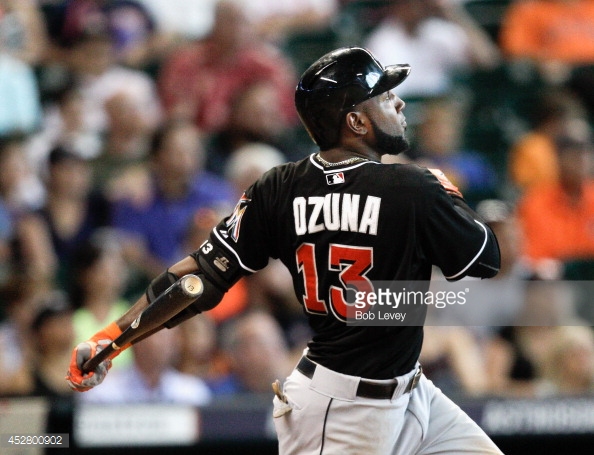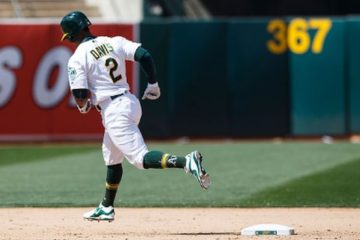Shin-Soo Choo: A Total Run Index Perspective

The hot stove league breaks for no one. In the midst of Christmas parties and last minute Christmas shopping, the Texas Rangers gave themselves an early Christmas present by adding Shin-Soo Choo to an already potent lineup. It only cost them seven years and 130 million dollars. That comes out to a little more than 18 million dollars a season for you and me. To look at this kind of deal you must make sure not to look at it in a vacuum.
Yes, according to most sources, Choo was among the top three free agent targets of the offseason (alternating with Robinson Cano for the top spot). Yet, it isn’t as if he is replacing no one or that the Rangers had no other choices. Last offseason, they could have re-signed Josh Hamilton for a similar contract (actually fewer seasons in fact).
They didn’t want to commit the years to Hamilton, so they let him walk. Let’s take a look at his last four seasons as compared to Choo (since they couldn’t have known what 2013 had in store for Hamilton. To make things easier, we will combine hitting and base running into one number.
Josh Hamilton
- 2012: +29.8
- 2011: +19.3
- 2010:+55.7
- 2009: -4.1
- AVG: +25.2
Shin-Soo Choo
- 2013: +39.7
- 2012: +25.4
- 2011: +3.6
- 2010: +35.8
- AVG: +26.1
A one run average over the course of four years is negligible. However, it should be noted that we haven’t included their defensive contributions. It should be noted that both players can play all three outfield positions and both are more or less average, so we are looking at the essence of both players. Of course, we now know that Hamilton fell off the map.
The Rangers couldn’t have known that at the time. Still, if Hamilton had kept producing at his rate we still would have to call this a win for the Rangers. The Angels gave him five years and 125 milllion, so 25 a season versus 18 million a season is not an insignificant sum. It might be enough to help them afford Prince Fielder over the long haul.
Naturally, simply signing Choo as compared to Josh Hamilton is not the only dynamic we have to consider. There was also the question of whether to sign Nelson Cruz. Since Nelson Cruz hasn’t signed yet, we cannot compare the financial terms, but we can compare them in terms of performance over the past four seasons. You’ve seen Choo, so let’s take a look at what Cruz could have given them.
Nelson Cruz
- 2013: +11.4
- 2012: +3.7
- 2011: +6.6
- 2010: +27.9
- AVG: +12.4
Without knowing the financials we definitely have to give the current edge to the Rangers in terms of what has happened to their outfield. Choo will likely shift to left field with Alex Rios in right field. Choo was a substandard defensive centerfielder and a mediocre right fielder (no matter what Scott Boras has been saying), but he might be an above average left fielder and he should be able to man that position for the length of the contract.
Let’s say that Cruz could be had for ten million a season. That leaves about eight million left over as a difference. The question in this case is whether they could find a player that could give them a fifteen run advantage with that kind of money. In this day and age I don’t see it. Perhaps, they could afford to get one of the remaining closers on the market like Grant Balfour. You could argue that would make them better, but at this point we should just congratulate them for being patient and not giving into Josh Hamilton last offseason.





